
Jupiterimages/Pixland/Getty Images
We use detergents as cleaning agents. They fall into two categories: soaps or synthetic detergents. Both have similar chemical characteristics that allow them to lift away grease and dirt and dissolve in water.
Chemical Structure
A detergent molecule has two ends. The hydrophobic end will bond to oil, but not to water. The hydrophilic end will bond with water, but not to oil.
Synthetic Detergent Molecule
Polyglucosides, or detergents that work in hard water, consist of paired glucose molecules with hydrophobic side chains.
Soap Molecule
A soap molecule consists of a long-chain fatty acid, which undergoes a reaction with an alkaline substance, a process that gives the acid a hydrophilic end and a hydrophobic end. Soap does not clean well in hard water, which has chemicals that react with the soap to form scum.
Detergent Builders
Builders give synthetic detergents the ability to dissolve in hard water, which contains charged molecules or ions that react with soap to lower its cleaning ability. Builders like polyphosphates bind tightly with water ions. Builders like sodium carbonate form a precipitate with ions.
Additional Ingredients
Soaps typically contain fragrances, coloring agents, and even herbal ingredients. Synthetic detergents have other ingredients, such as oxygen bleach, and fabric ofteners and antiredeposition agents to prevent soil from redepositing.
Related Articles

What Happens When Oil Reacts With ...

Ingredients in Dial Liquid Soap
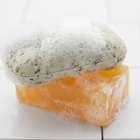
What Are the Functions of Sodium ...
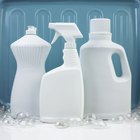
Difference Between Soap & Synthetic ...

Ingredients of Fels Naptha
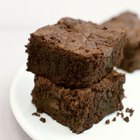
What Kind of Oil Do You Use in Brownie ...
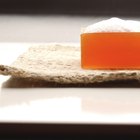
Ingredients of Bar Soap

The Flammability of Fabric Softeners

Substitutes for Groundnut Oil in Cooking

Importance of a Soap Detergent

What Ingredients Are in Detergent?
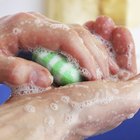
Why Soap Lathers
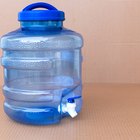
How to Purify Water With Hydrogen ...

How to Wash Dupioni Silk
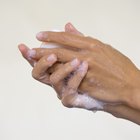
Ingredients in Hand Soap

Gold Bond Lotion Ingredients

Why Can't You Wash a Perm?
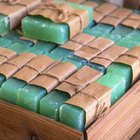
Grandpa's Pine Tar Soap Ingredients

How to Get Rid of Skunk Smell With ...

Noxzema Ingredients
References
Writer Bio
Lexa W. Lee is a New Orleans-based writer with more than 20 years of experience. She has contributed to "Central Nervous System News" and the "Journal of Naturopathic Medicine," as well as several online publications. Lee holds a Bachelor of Science in biology from Reed College, a naturopathic medical degree from the National College of Naturopathic Medicine and served as a postdoctoral researcher in immunology.
Photo Credits
Jupiterimages/Pixland/Getty Images